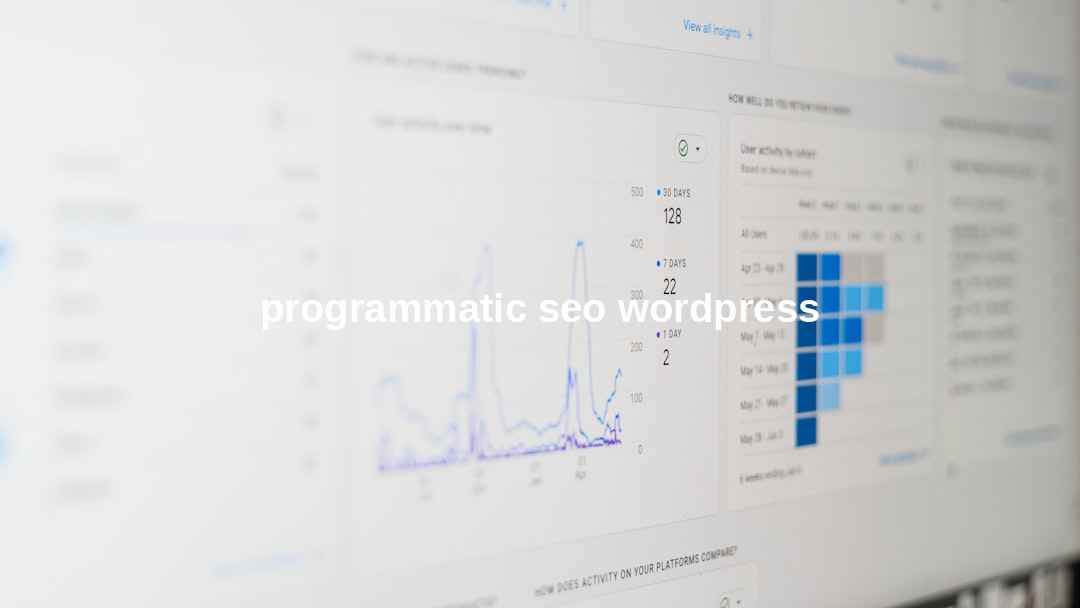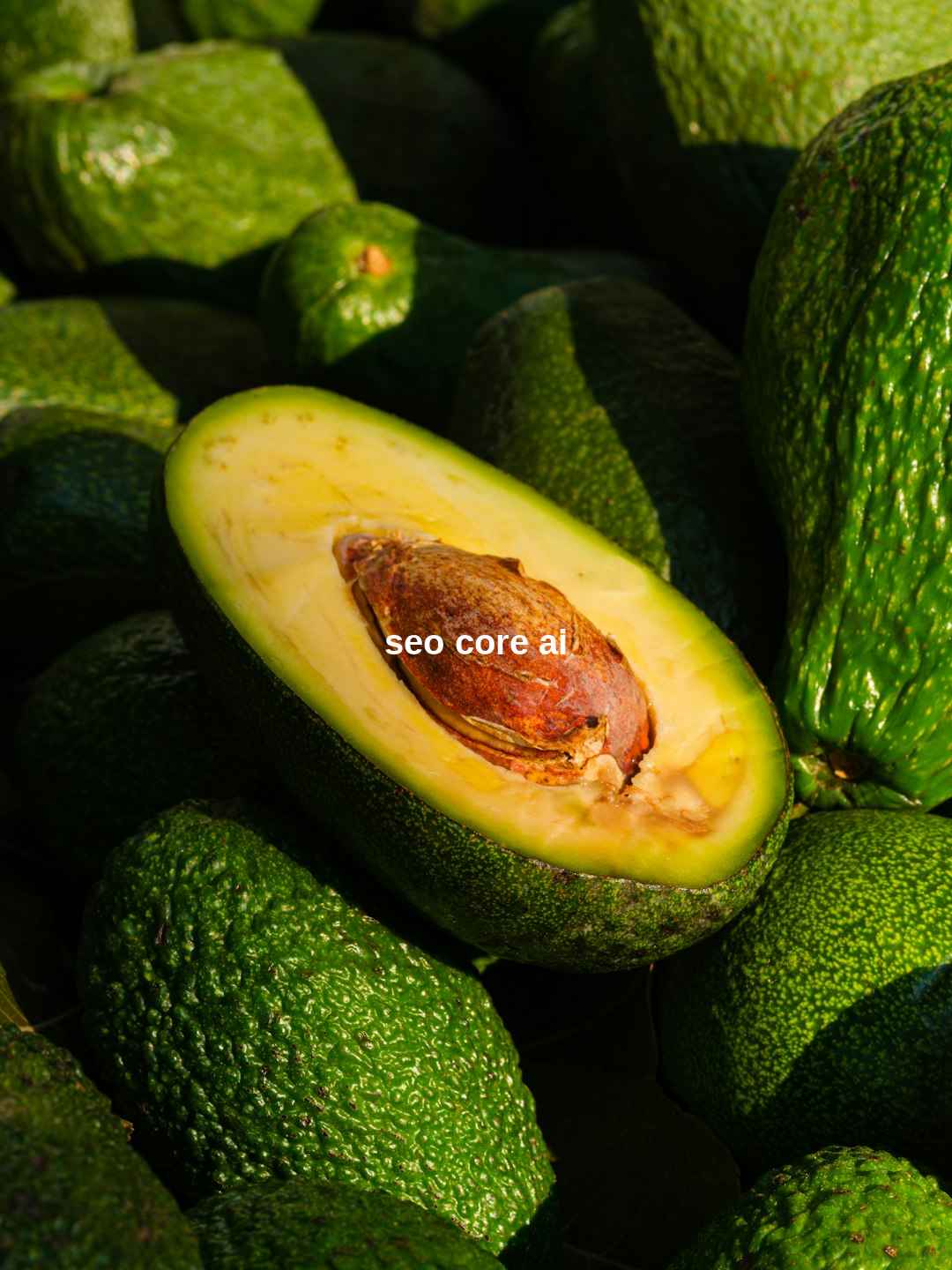In the fast-paced realm of digital advertising, the term “programmatic content” is a beacon of innovation and efficiency. By blending technology, data, and strategic placement, programmatic content revolutionizes how marketers connect with their audiences, offering dynamic and personalized experiences that resonate with users on a deeper level. As we embark on a detailed exploration of this subject, let’s start with a succinct glance at the key facets of programmatic content.
| Aspect | Definition | Benefits | Challenges |
|---|---|---|---|
| Automation | Use of software to purchase digital advertising | Increased efficiency, reduced costs | Complex setup and management |
| Data-Driven | Decisions based on user data and behavior | Targeted and relevant ads | Privacy concerns, data management |
| Real-Time Bidding (RTB) | Auction-based ad buying process | Access to diverse inventory, optimal pricing | Requires sophisticated technology |
| Personalization | Customization of content to individual user profiles | Improved user engagement and ROI | Need for dynamic creative capabilities |
The Evolution of Digital Advertising and the Rise of Programmatic Content
The Advent of Programmatic Technologies
Programmatic content did not emerge in a vacuum; its advent was predicated on a digital advertising revolution that sought more precision, efficiency, and effectiveness in ad placement. Historically, buying and selling ads was a predominantly manual process, engendered through direct negotiations and insertion orders that required significant time and effort. This changed with the introduction of sophisticated algorithms, machine learning, and data analytics, which paved the way for the rise of programmatic content.
With these technological advancements, the media buying landscape shifted to one where ad spaces could be bought and sold in real-time within milliseconds of a user visiting a webpage. This form of automated advertising not only made processes faster and more streamlined but also allowed advertisers to leverage vast sets of data to target audiences more precisely. The result was a more personalized advertising experience, where content is specifically tailored to the interests, behaviors, and demographics of individual users.
Increased reliance on data has, however, raised privacy concerns. Advertisers must navigate the delicate balance between effective targeting and respecting user privacy. Regulations like GDPR in Europe and CCPA in California have reshaped how programmatic platforms approach data collection and use, ensuring greater transparency and control for users.
The era of programmatic content has ushered in new challenges and opportunities. Advertisers must stay at the forefront of technological advancements to understand ever-changing algorithms and maintain competitiveness in a space where being seen by the right person at the right time can make all the difference. Amidst these dynamics, one thing is certain: programmatic content is here to stay and will continue to evolve, commanding a strategic place in the toolbox of digital marketers poised for the future’s challenges and opportunities.
Crafting a Programmatic Marketing Strategy: Connecting Data Systems and Signals

Integrating Data for a Unified View
To harness the potential of programmatic content, digital marketers must create a strategic approach that integrates various data systems and signals. This involves combining first-party data, such as customer behavior on owned platforms, with third-party data, which provides additional context and insights into user preferences.
Effective programmatic content strategies pivot on the seamless integration of disparate data sources, offering a consolidated view of the consumer journey.
Synchronizing multiple data streams allows for a more comprehensive understanding of target audiences. Marketers can thereby deliver messages that resonate on a personal level, increasing the likelihood of engagement and conversion. Challenges in this domain involve ensuring data quality, maintaining privacy compliance, and making real-time adjustments based on the insights derived from the data.
Segmentation and Real-time Decision Making
Beyond data integration, a successful programmatic marketing strategy requires robust audience segmentation. By classifying users based on shared characteristics, marketers can craft tailored messages that speak to each segment’s needs and interests.
Segmentation empowers advertisers to dispatch programmatic content that aligns with individual audience segments, optimizing the impact of their campaigns.
Real-time decision-making capabilities are also essential. The ability to dynamically adjust bidding strategies and creative content in response to live market conditions and user interactions further enhances the effectiveness of programmatic campaigns.
Harnessing the Power of Contextual Targeting in Programmatic Ecosystems
Leveraging Context for Deeper Engagement
Contextual targeting is a pivotal aspect of programmatic advertising, allowing for the alignment of content with the environment in which it is displayed. By analyzing the content and sentiment of a webpage or media environment, programmatic systems can place ads that are relevant to the surrounding material.
Contextual targeting underscores the relevance of ads, fostering an organic connection between the content and its programmatic placement.
This method complements traditional demographic targeting by focusing on the “where” and “when” an ad appears, thus elevating the likelihood of user engagement since the ad’s context is in harmony with user interest as inferred from the content being consumed.
Navigating Challenges in the Cookie-less World
With the decline of third-party cookies, contextual targeting gains new significance. It offers an alternative that does not rely on personal data, thus adhering to increasing privacy standards. Marketers must, however, hone their ability to analyze context and ensure that their programmatic content remains pertinent and compelling in a cookie-less landscape.
Operational Efficiency in Programmatic Advertising: The Role of Automation and Real-Time Bidding
Streamlining Processes Through Automation
Operational efficiency in programmatic advertising is largely driven by automation. By automating the ad buying process, advertisers can eliminate manual tasks, reduce errors, and focus on strategy and creative direction.
Automation is the bedrock of programmatic advertising, bolstering efficiency by allowing for the swift execution of complex campaigns at scale.
Automated systems can manage millions of ad impressions, optimize bids in real-time, and rapidly adjust to changing market conditions, thereby delivering better campaign performance with less hands-on management.
Maximizing Value with Real-Time Bidding
Real-Time Bidding (RTB) is a cornerstone of programmatic advertising, enabling advertisers to bid for ad space in the milliseconds before a webpage loads. This instantaneous auction-based approach ensures that advertisers pay the appropriate price for impressions, optimizing their ad spend.
Real-Time Bidding transforms ad placement into an efficient market, ensuring advertisers get the best value for their investment while reaching their desired audience.
RTB also democratizes ad inventory access, allowing businesses of all sizes to compete for prime ad placements. For advertisers, the challenge lies in leveraging the right technology and data insights to inform their RTB strategies and to secure the most beneficial ad placements possible.
Embracing the Future: Concluding Thoughts on the Strategic Importance of Programmatic Content in Digital Marketing
As we reflect on the transformative impact of programmatic content on the digital marketing realm, it becomes clear that its strategic importance cannot be overstated. The evolution from manual ad placements to automated, data-driven campaigns has redefined how brands engage with their audiences, delivering more relevant, personalized, and effective advertising experiences.
The strategic importance of programmatic content lies in its ability to optimize marketing efforts in real-time, ensuring that the right message reaches the right audience at the right moment.
Marketers must continue to adapt to the rapidly evolving digital landscape, embracing new technologies and strategies. As data privacy becomes increasingly central, the shift towards contextual targeting and the need for unified data systems highlight the importance of agility and forward-thinking in programmatic strategies. Moreover, as programmatic content continues to evolve, staying abreast of these trends will be essential for marketers looking to drive engagement and conversion in a competitive digital marketplace.
- Programmatic content represents the future of digital advertising, leveraging data and technology for targeted, efficient, and dynamic campaigns.
- Integrating data systems facilitates a comprehensive understanding of consumers, enabling personalized marketing strategies.
- Contextual targeting gains prominence, especially in a privacy-focused era, providing relevance without relying on personal user data.
- Automation and real-time bidding (RTB) drive operational efficiency in programmatic advertising, maximizing ROI through precise ad placement and pricing.
- Adapting to privacy regulations like GDPR and CCPA is crucial for programmatic advertising to flourish without compromising user trust and compliance.
- As the landscape continues to shift, particularly with the decline of third-party cookies, marketers must explore innovative targeting methods and refine their programmatic approaches.
FAQs about Programmatic Content in Digital Advertising
What is programmatic context?
Programmatic context refers to the strategy of contextual targeting in programmatic advertising. It entails the placement of ads on websites or digital platforms that have content closely related to the advertisement’s message or product. This method ensures that ads are seen by audiences who are already engaging with similar topics, enhancing the relevance and potential effectiveness of the advertising effort.
What does programmatic mean in advertising?
In advertising, “programmatic” relates to the automated buying and selling of digital ad space. Programmatic advertising leverages technology to efficiently serve relevant ad impressions to targeted audiences through automated processes, which occur in less than a second. This approach streamlines the ad delivery process, enabling more precise and timely targeting than traditional manual advertising transactions.
What is the difference between programmatic and paid media?
The primary difference between programmatic and paid media lies in the process of ad transactions. Paid media typically encompasses all forms of paid advertising, including both programmatic and traditional methods. Traditional media buying involves direct, manual negotiations and transactions between ad buyers and publishers. In contrast, programmatic advertising automates this process through real-time bidding (RTB), enabling the instantaneous purchase of ad space across a vast network of websites. This automation allows for greater scale, efficiency, and targeting precision in ad placements.
What is an example of programmatic marketing?
A notable example of programmatic marketing is IHG’s programmatic ad campaign. The hotel group used programmatic ads to show potential customers the cost of booking directly with their hotels, such as Crowne Plaza or Holiday Inn. What made these ads programmatic was the customization involved; they used the user’s browsing history to personalize the hotel location, date, and price information in the ad. This level of personalization is a hallmark of programmatic marketing, as it leverages user data to tailor the advertising experience to individual users’ preferences and behaviors.



